Sea Ranch - Where Architecture Meets Nature
The beauty of design integrity
When I first heard about Sea Ranch I thought it was it was some kind of American fish farm where wranglers whizz around on speedboats lassoing game fish (the conversation happened on a boat after a few drinks). The reality is somewhat more prosaic but no less dramatic, as I discovered after a recent visit.
Located roughly 3 hours’ drive north of San Francisco - just far enough to deter all but the most determined selfie-seeking day-trippers - Sea Ranch is a planned community of around 2,200 homes built along a 10 mile stretch of rugged California coastline. When it was first developed in the 1960s, the stunning location with its mix of sea, forest and meadows was the main draw, but today it is the architecture which gets top billing. The buildings of Sea Ranch, from condominium complexes to ranch style bungalows and small cabins, all follow the same design style. The houses have pitched roofs with no overhanging eaves. Exterior walls are cladded in redwood or cedar, in vertical planks or shingles, stained in colours from an approved list. There are no trims on the windows and doors, nor are there fences along the property boundaries. Decks and garages are hidden from view and lighting is subdued, the latter in order to minimise light pollution at night. The look is sleek, naturalistic and understated but with strong shapes and distinctive angular profiles. The vibe is rustic but by no means rough - this is best-in-class mid-century design working in perfect harmony with nature. Walking along some of the 50 or so miles of trails, I didn’t know whether to gawp at the sea views or at the houses, each a mini architectural gem.
This design uniformity is enforced with strict guidelines on everything from what you can grow in your garden (native plants only, no flowerbeds) to the colour of your curtains (beige only please). Although some may find the myriad regulations overbearing, we should remember that people choose to live in this community because they like the design and are by and large happy to follow the rules which protect it. North California is, after all, the spiritual home of the hippy counterculture.

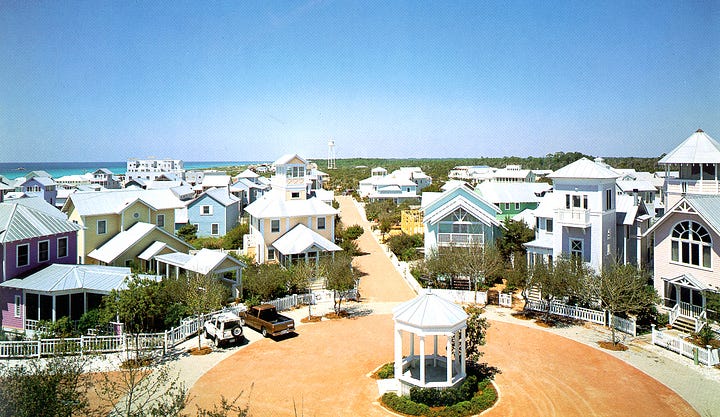
There are other similar design-led planned communities around the world, but none have the same architectural impact as Sea Ranch. Poundbury in the UK, famously championed by Prince Charles (as he then was), is a vision of a people-centric, sustainable urban development dressed in classic style architecture, almost a pastiche of a traditional English village. Whilst the town has been praised for its mixed-used development, its visual style has been derided as a backward looking feudal Disneyland. Seaside Florida, famously used as the set for the movie The Truman Show, features clapboard buildings with wide porches in pastel colours. It looks postcard perfect but once again feels rather twee and inauthentic.
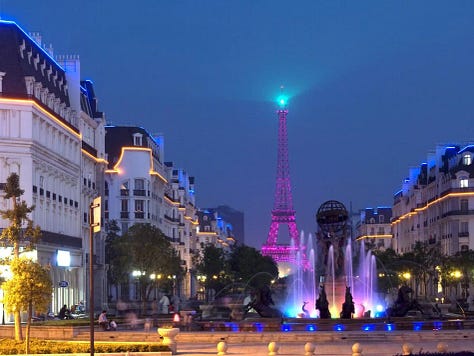
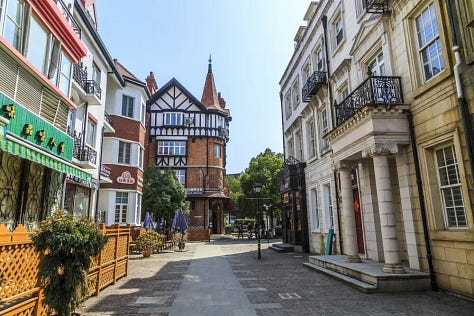
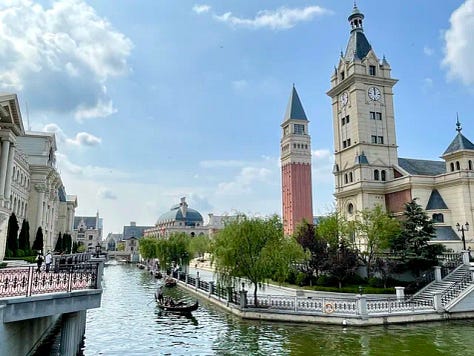


When it comes to inauthenticity nothing beats China’s copy towns, built to look like replicas of famous international cities. Is that a grand Parisian boulevard with the Eiffel Tower in the distance? No, that would be Tianducheng in Hangzhou, Zhejiang province. Thames Town is stuffed with English cliches from red telephone boxes to mock-Tudor facades. Located down the road from Shanghai, it is nowhere near London but is sure to make Englishmen feel at home. Other examples include Gaoqiao New Town (Amsterdam), Dalian (Venice) and Jackson Hole, Hebei (Jackson Hole, Wyoming - they didn’t even bother to change the name). We may laugh, but one can’t help but to admire their sheer audacity in pursuing particular design styles to such extremes.
Truth is, whether you like the style or not is besides the point. These are developments designed to appeal specifically to those who find their particular aesthetic appealing, whether it is mid-century rustic coastal cool or traditional English village charm. Sea Ranch works particularly well because its aesthetics are founded on a deep-rooted philosophy: to “live lightly on the land”, with respect for nature the foundation for all design considerations. The understanding of this enables architects to create coherent and harmonious designs without resorting to pastiche. It is an apt reminder that good design is about integrity rather than superficial aesthetics.

Our design scheme pays homage to the architectural style of Sea Ranch and its respect for nature. The Mr Loveland Sofa from Moroso (1) combines mid-century vibes with contemporary style: the way its seat, back and armrests overlap is reminiscent of the angular shapes of Sea Ranch houses. It will go well with the Monolite Center Table from Collector (2) and the Triple Waves Rug from Ghidini 1961 (3). The slatted wood panels of the Seiton Cabinet from Stellar Works is a stylish nod to the wood cladding of Sea Ranch houses (4). For the dining area we showcase the beauty of wood with the Organic Dining Table from Woak (5), teamed with Gaulino Chair from BD (6) for a refined rustic touch. The lighting will be subdued and natural, with the Lilly Table Light from Karman (7) casting a gentle glow from the sideboard, the Black Note Keys Suspension Light from LZF (8) offering a graphic touch over the dining table and the branch-like Aira Floor Lamp from Horm (9) providing a subtle point of interest in the background.
Come visit us at www.do-shop.com for more amazing spaces and product inspirations.



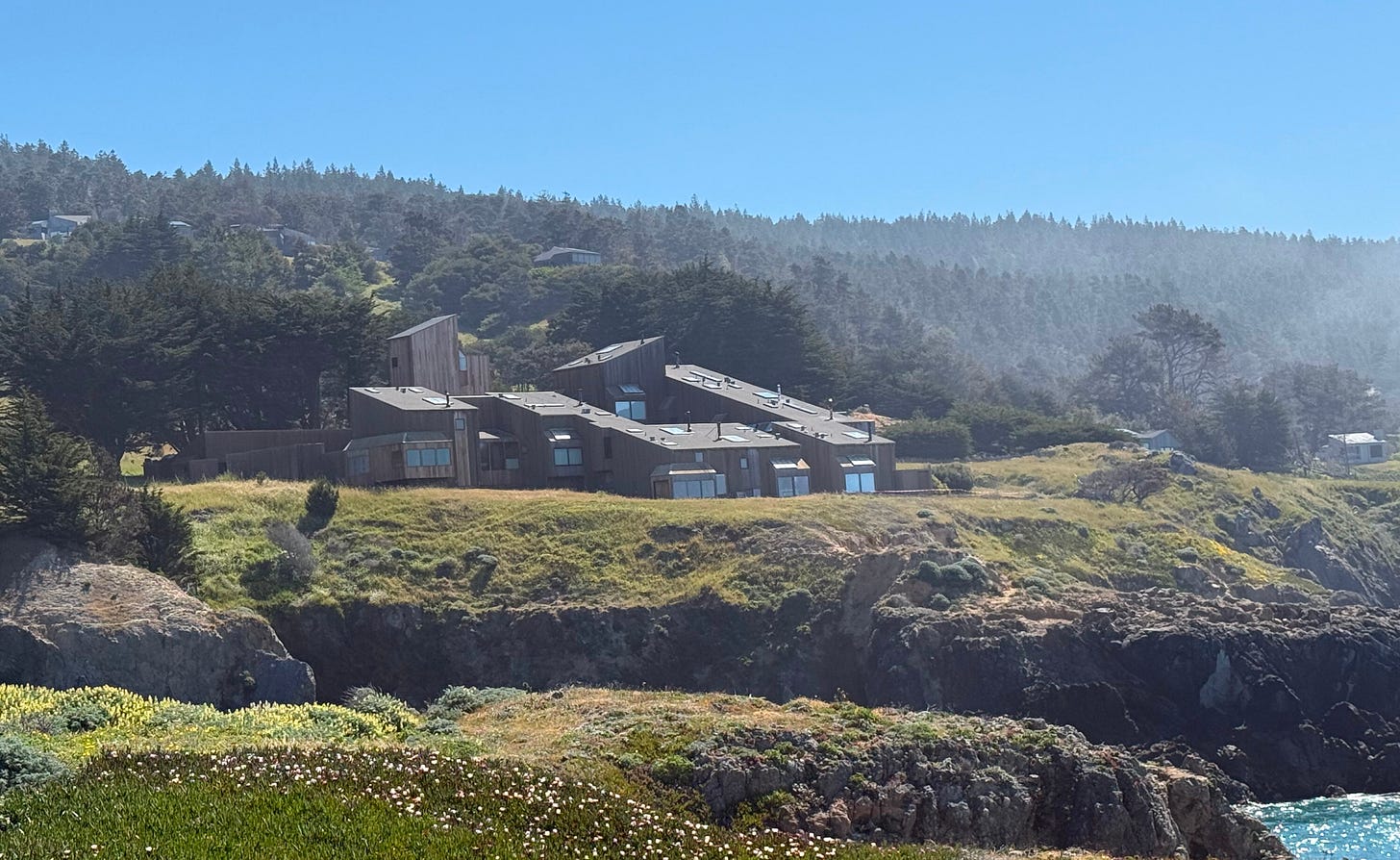


Wow wow wow ! 🤩
What an amazing place is Sea Ranch and what an absolutely inspired and inspiring post !
😎❣️